Medication Dry Eye Risk Calculator
Check if your medications might be causing dry eye symptoms. Select any medications you're currently taking, and we'll show you their risk level and provide personalized relief recommendations.
Your Dry Eye Risk Assessment
Recommended Relief Strategies
Note: This tool provides general information only. Always consult with your healthcare provider before making any changes to your medication regimen.
Why Your Medication Might Be Making Your Eyes Burn
More than 1 in 4 people with dry eyes have a medication to blame. It’s not just aging or staring at screens-your blood pressure pill, antidepressant, or even allergy medicine could be drying out your eyes. The tear film that keeps your eyes comfortable is made of three layers: oil, water, and mucus. When certain drugs mess with any of those layers, your eyes start to feel gritty, red, or like they’re full of sand. This isn’t rare. Among people over 65 taking five or more medications, nearly 4 in 10 report dry eye symptoms. And it’s not just older adults-people on acne meds like isotretinoin or antidepressants like sertraline are seeing it too.
Which Medications Are Most Likely to Cause Dry Eyes?
Not all drugs cause dry eyes the same way. Some block the nerves that tell your tear glands to make fluid. Others damage the oil-producing glands along your eyelids. Here are the most common culprits:
- Antihistamines like Benadryl, Claritin, and Zyrtec-these are designed to reduce mucus, but they also shut down tear production.
- Antidepressants including Zoloft, Prozac, amitriptyline, and nortriptyline-these affect brain chemicals that also control tear glands.
- Blood pressure meds like metoprolol, atenolol, and diuretics such as hydrochlorothiazide and Lasix-they pull water out of your body, including your eyes.
- Glaucoma eye drops with benzalkonium chloride (BAK)-this preservative is toxic to the eye surface. Up to 47% of users get irritation, but switching to preservative-free versions cuts that to 16%.
- Acne treatments like Accutane (isotretinoin)-these shrink oil glands all over your body, including the ones that protect your eyes.
- Newer cancer and autoimmune drugs like immune checkpoint inhibitors and EGFR blockers-these are emerging as major causes of dry eye through direct damage to tear-producing cells.
If you’ve started a new medication and your eyes feel worse, it’s worth asking your doctor if this could be the cause. Don’t stop taking anything on your own-but do bring it up at your next appointment.
Lubrication That Actually Works
Not all eye drops are created equal. Store-bought artificial tears with preservatives can make things worse if you use them more than four times a day. The preservatives build up and irritate your eyes over time. The best solution for medication-induced dry eye is preservative-free artificial tears.
Use them 4 to 6 times a day. For people on glaucoma drops, applying preservative-free tears 15 minutes before and after their medication improves symptoms by 78%, according to a 2023 study. Brands like Systane Ultra PF, Refresh Optive PF, and TheraTears Sterilis are commonly recommended. They come in single-use vials-no preservatives, no risk of buildup.
For more severe cases, doctors may prescribe:
- Restasis (cyclosporine)-this reduces inflammation and helps your eyes make more tears. It takes 3 to 6 months to work, but users report a 15-20% increase in tear production.
- Xiidra (lifitegrast)-this targets inflammation at the surface level and can cut dry eye symptoms by 30% in clinical trials.
- Cequa-a newer, more potent version of cyclosporine with nanomicellar tech that boosts absorption by 300%.
If your eyes still feel dry, your eye doctor might suggest punctal plugs. These tiny devices block the tear drainage ducts, keeping your natural tears-and artificial ones-on your eye longer. Temporary collagen plugs last 3-6 months and work for 70% of users. Permanent silicone plugs offer longer relief.

Lifestyle Fixes That Make a Real Difference
Medication might be the trigger, but your environment and habits can make dry eyes much worse-or much better.
- Use a humidifier-keeping indoor humidity between 40% and 60% reduces tear evaporation by 25%. This is especially helpful in winter when heaters dry out the air.
- Follow the 20-20-20 rule-every 20 minutes, look at something 20 feet away for 20 seconds. This simple break reduces digital eye strain by 35%, especially if you’re on antihistamines or antidepressants.
- Avoid direct airflow-don’t sit in front of fans, car vents, or AC units blowing directly on your face. Air moving faster than 0.15 meters per second increases tear evaporation by 30%.
- Take omega-3s-1,000 to 2,000 mg daily of EPA and DHA (found in fish oil or algae supplements) improves tear film stability in 60% of users within 3 months. This is especially helpful if you’re on diuretics or isotretinoin.
- Quit smoking-tobacco smoke increases dry eye symptoms by 45% in people on medications. Most people notice improvement within 2 to 4 weeks of quitting.
- Apply warm compresses-heat your eyelids for 10-15 minutes twice a day, then gently massage your lashes. This melts clogged oils in your meibomian glands. Studies show it helps 65% of people whose dry eye comes from gland dysfunction, like those on Accutane.
When to Talk to Your Doctor
Don’t just live with it. Dry eyes aren’t just annoying-they can damage your cornea over time. The key is a team approach.
Start with your eye doctor. They can test your tear quality with osmolarity tests or meibomian gland imaging. Then, talk to the doctor who prescribed your medication. You might be able to:
- Switch to a different drug with fewer eye side effects (for example, switching from a BAK-containing glaucoma drop to a preservative-free one).
- Lower your dose-55% of patients see improvement with a small reduction, even if they can’t stop the med entirely.
- Change the timing-some medications cause worse dryness at certain times of day. Adjusting when you take them can help.
Never stop a blood pressure or antidepressant cold turkey. That can be dangerous. But with the right coordination between your primary care doctor and eye specialist, you can find a balance.
What Doesn’t Work (And Why)
Many people try home remedies that don’t help-or make things worse:
- Using preserved eye drops too often-more than 4 times a day = more irritation from preservatives.
- Applying drops right after glaucoma meds-this can wash away the prescription drop before it works.
- Rubbing your eyes-this worsens inflammation and can scratch the surface.
- Drinking lots of water alone-hydration helps, but it won’t fix gland damage or nerve blockage.
Also, don’t assume cost equals quality. Restasis costs about $550 a month in the U.S., and insurance often doesn’t cover it. But preservative-free drops cost under $20 a bottle and can be just as effective for many people.
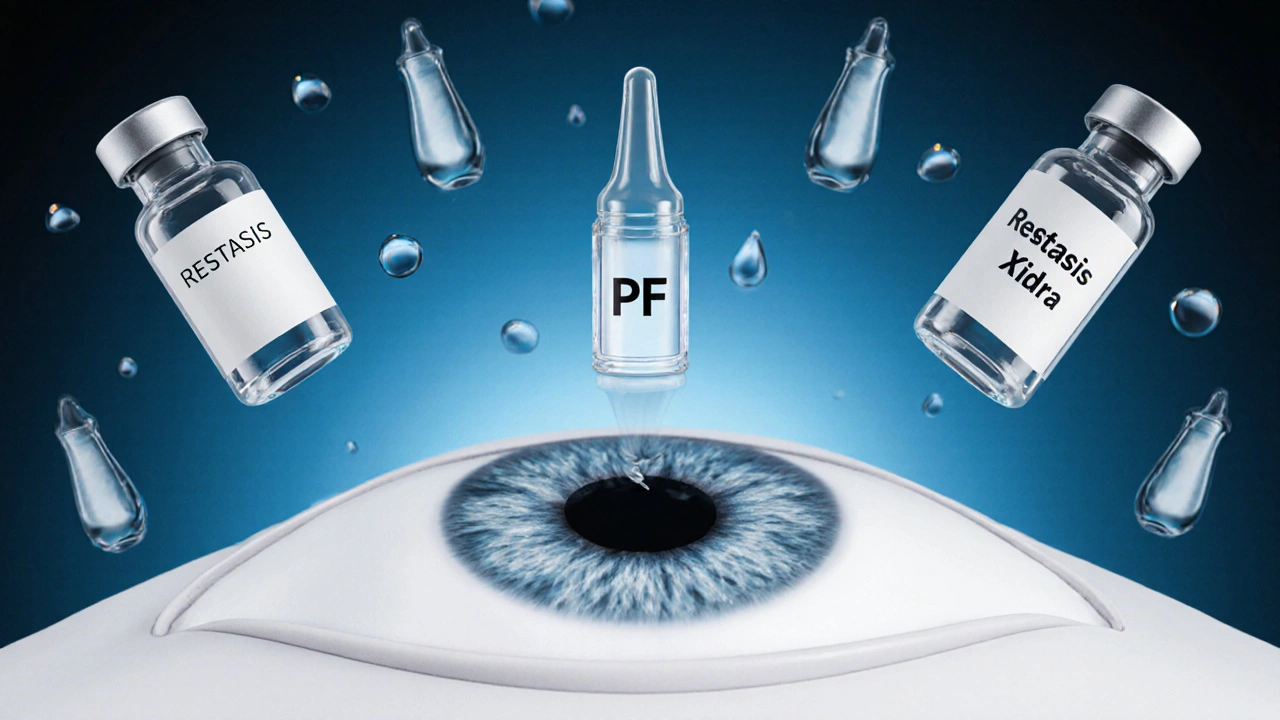
What’s New in Dry Eye Treatment
The field is moving fast. In 2023, the FDA approved a new preservative-free cyclosporine formula (Cequa) that works better than older versions. Researchers are testing lipid-based eye drops specifically for Accutane users-early results show 40% improvement in tear stability after just 8 weeks.
Doctors are also using diagnostic tools more often. Tear osmolarity tests and meibomian gland imaging help pinpoint exactly what’s wrong. That means treatment is becoming more personalized. In 2023, 62% of eye specialists used these tests to tailor care.
The global dry eye market is growing fast-projected to hit $7.9 billion by 2030-because more people are realizing medication side effects are treatable. The message is clear: dry eyes from meds aren’t normal. They’re a signal to adjust your care.
Real Stories, Real Results
On Reddit’s r/dryeye community, over 1,200 users shared their experiences. Most who took antidepressants saw big improvement after switching to preservative-free drops and doing warm compresses twice a day. One user wrote: “After 3 months on Zoloft, my eyes felt like sandpaper. My optometrist recommended Systane Ultra PF and warm compresses. Within two weeks, I could read for more than 20 minutes without burning.”
But not everyone gets relief easily. One Accutane user spent $500 per session on iLux thermal pulsation therapy-a device that heats and expresses clogged oil glands. “Nothing else worked,” they said. “But after two sessions, my symptoms dropped 80%.”
Cost and access are real barriers. Nearly half of patients say insurance won’t cover dry eye treatments. But many effective options-preservative-free drops, warm compresses, omega-3s-are affordable and available without a prescription.
What to Do Next
If you’re on a medication and your eyes feel dry:
- Start using preservative-free artificial tears 4-6 times a day.
- Do warm compresses and lid massages twice daily.
- Take omega-3 supplements (1,000-2,000 mg EPA/DHA daily).
- Use a humidifier and avoid direct airflow on your face.
- Write down when symptoms started and which meds you’re taking.
- Schedule a visit with your eye doctor and bring your medication list.
Improvement usually starts in 2-4 weeks. Full results from prescription drops take 3-6 months. But you don’t have to wait to feel better. Small, consistent steps make a big difference.
Can medications permanently damage my eyes?
In most cases, no-dry eye from medications is reversible if caught early. Stopping or switching the drug can restore tear production and gland function in 70-80% of cases. But if left untreated for months or years, chronic inflammation can lead to permanent damage to the cornea or tear glands. That’s why early action matters.
Are preservative-free eye drops better than regular ones?
Yes, especially if you’re using them more than 4 times a day. Preservatives like benzalkonium chloride (BAK) can irritate the eye surface over time, making dry eye worse. Preservative-free drops come in single-use vials and don’t contain these chemicals. They’re safer, gentler, and more effective for long-term use.
Can I use eye drops while wearing contacts?
Only use eye drops labeled “for contact lens wearers.” Most artificial tears are safe, but avoid drops with preservatives if you wear contacts daily. Some drops can discolor soft lenses or cause buildup. Always wait 15 minutes after using drops before putting contacts back in.
How long until I feel better?
You may notice relief within 2-4 weeks with consistent use of preservative-free drops, warm compresses, and lifestyle changes. Prescription treatments like Restasis or Xiidra take 3-6 months to reach full effect. Patience and consistency are key-dry eye management is a long-term habit, not a quick fix.
Should I stop my medication if my eyes are dry?
Never stop a prescribed medication without talking to your doctor. Abruptly stopping blood pressure drugs, antidepressants, or other essential meds can be dangerous. Instead, work with both your prescribing doctor and your eye specialist to explore alternatives, dose changes, or added treatments that protect your eyes while keeping you healthy.

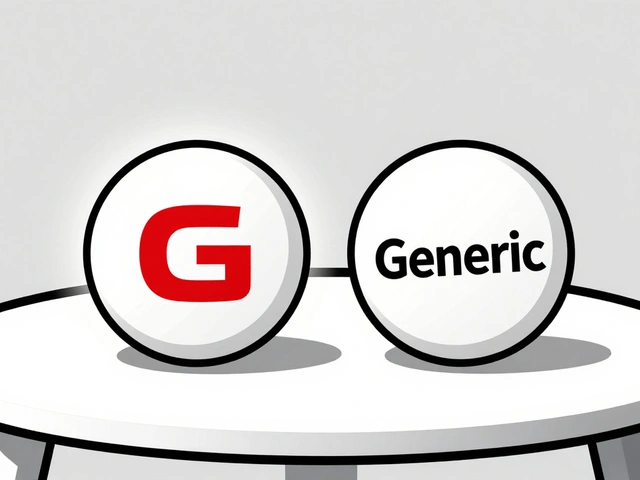

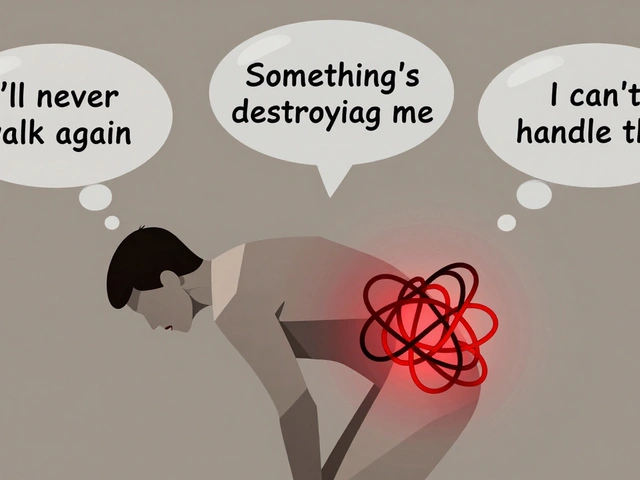
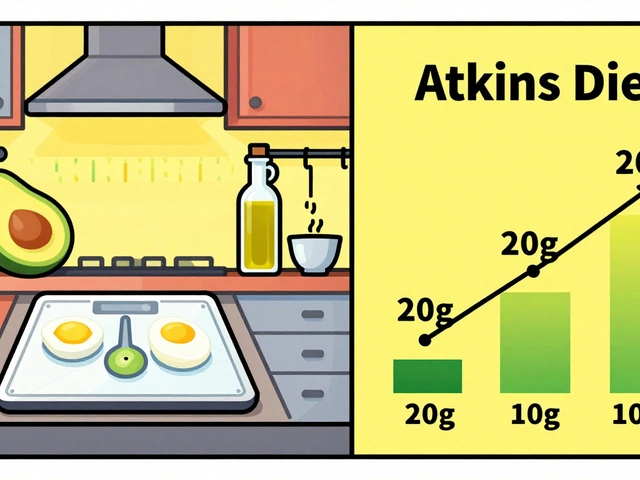

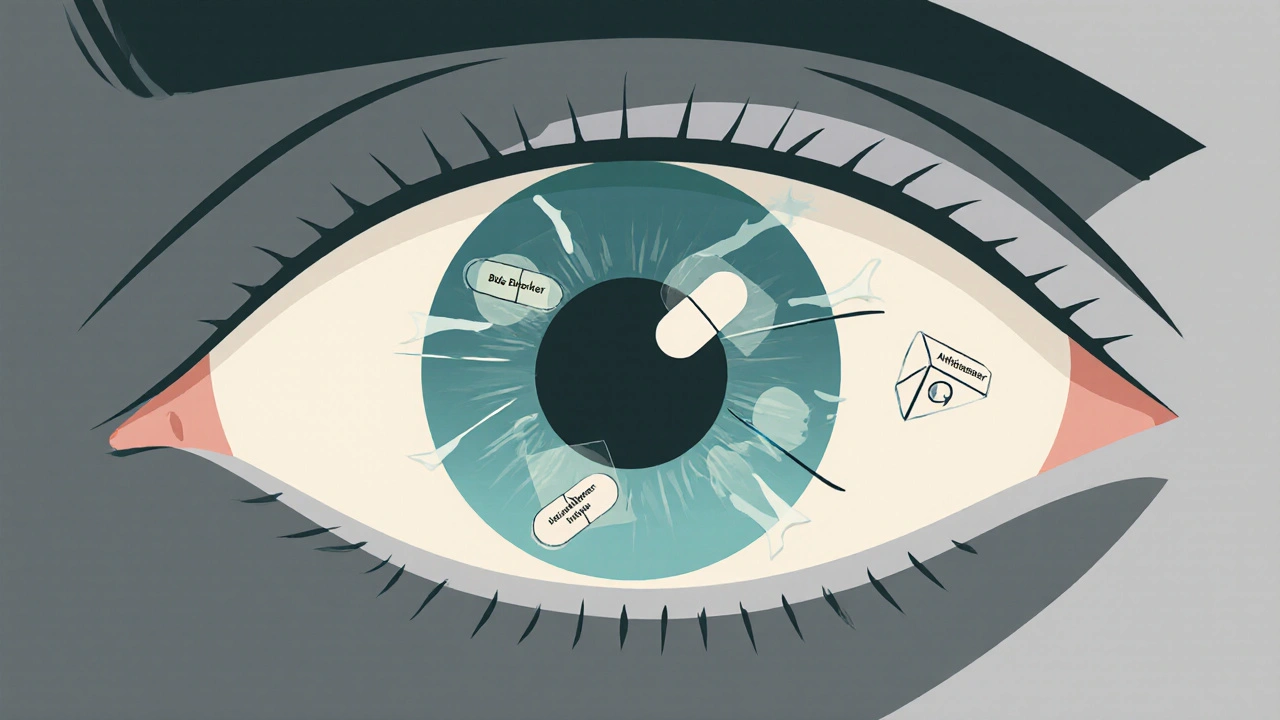
Write a comment